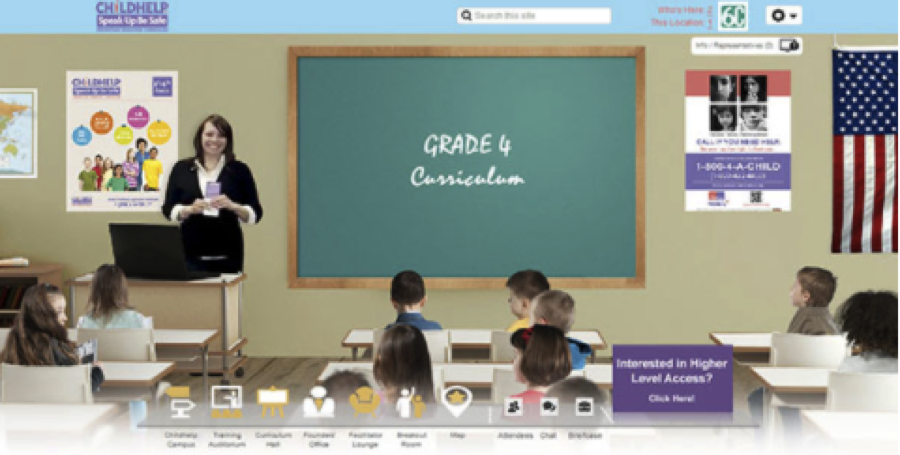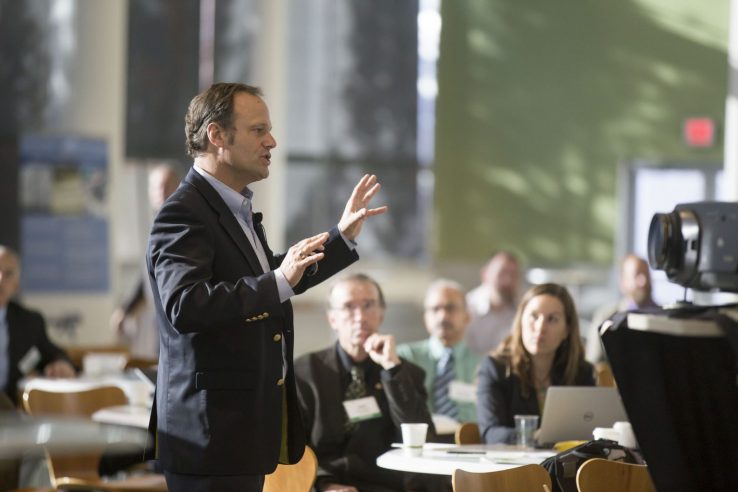
Are you looking for inspiration for your next virtual event? Our current clients leverage the 6Connex virtual environment platform for a whole host of different use cases. Take a look at some of the latest:

With a half dozen virtual event and environment software platforms on the market, how do you know which platform is the right one to go with for your virtual tradeshow or conference? This article will help you do your own homework and choose a provider wisely—considering more than just price and what’s in the brochure.

Sales kickoffs (SKOs) have evolved a lot in the last 5 years. As leading companies continue to look for an edge, SKOs need to be more than just a tradition; they need to show ROI.
“Whatever the size of your organization, a SKO typically represents a relatively significant investment due to travel expenses, meeting expenses, opportunity loss for the sales team, and productivity loss for other attendees. It’s important to make your SKO not only enjoyable but also impactful.

As we barrel toward January, this is the time to ask yourself whether your SKO is simply an event or the beginning of a well honed strategic effort that will continue to propel your sales organization to achieve your objectives for the year.
How you plan your SKO is important, but thinking about how you deliver the message is just as critical. Questions you need to ask when planning an SKO include
You can have good answers to these questions if you stream live and then capture your next SKO. For around 5% of what you spend on your physical SKO, you can answer with confidence:
This all sounds great, but what if you are being asked to reduce your physical SKO budget?
If you are decide to stream live and create on-demand sessions, you can greatly reduce the number of individuals that attend the physical event while still giving everyone access to all of the content.
For an even greater savings, you can take the entire keynote presentation and educational content of your SKO and deliver it entirely online, using the budget you have to plan a networking-only physical event. You can use that budget to host regional happy hours, add new sales incentives, or increase the number of people eligible for President’s Club.
Check out how SonicWall took its SKO to the virtual world, facilitating live sessions and “hot topic” Q&A sessions along with a robust library of informational resources. Read the full case study.
Need assistance with your sales kickoff? Learn how 6Connex can help.
Since we introduced our HTML5 Virtual Environment Platform V7, we’ve been inundated by our clients and partners running virtual events and virtual trade shows with questions about the difference between Flash and HTML5. The HTML5 specification has been around for a few years and has picked up steam since Google, Microsoft, and Apple announced last year that Adobe Flash would be blocked in their newest browsers.

In part 1 and part 2 of this series, we highlighted ten ways event hosts can drive revenue opportunities from sponsorship of virtual events and discussed how the virtual format provides more opportunity for sponsorship revenue than physical events. Now, we turn our attention to ways to drive revenue from your audience.

In Part 1 of this series, we highlighted five ways an event host can drive revenue opportunities through the sponsorship of virtual events and how more sponsorship opportunities are possible in virtual events than with physical events. Today, we’re offering six additional ideas for generating sponsorship revenue:


Today I’m excited to share some details about one of our newest launches, the Childhelp Speak Up Be Safe virtual campus. I believe it’s truly a groundbreaking program, taking an off-line program and providing broad access to it online, while also driving sales, awareness and community connection.
Childhelp, the nation’s oldest and largest non-governmental nonprofit advocating for abused and neglected children, offers a comprehensive child abuse and bullying prevention education program, Childhelp Speak Up Be Safe®. The program includes curriculum for grades one through six, taught by trained facilitators.

Previously, much of the actual curriculum was delivered via a thumb drive, and the training was scheduled based on availability. Using the 6Connex platform, Childhelp’s brand new virtual campus enables immediate access to the curriculum, along with anytime access to the facilitator training. In addition, Childhelp will be offering guest speakers, continuing education opportunities, community outreach, the Childhelp Speak Up Be Safe for Athletes program for youth sports and more.
The program was brought to life by a talented and passionate team, who had a clear vision from the start. We applaud their efforts, and the mission of Childhelp. We’re also quite excited about the use case – what a great way for a 55 year old nonprofit to leverage technology to further its mission.
I’d like to share some of the highlights, the things that we think are truly unique uses of our Virtual Environment platform.
All in all, it’s a comprehensive and engaging program, one that we hope will serve as a model for other non-profits. You can check it out at www.speakupbesafe.org – and please share to help drive awareness for this very worthy cause.

Your executives are obviously busy people, responsible for the day-to-day and long-term success of your organization. They are also the most important voices for your employees to hear, as often as possible, which is tough to accomplish when juggling schedules and time zones and priorities.
In many cases, it’s an acquisition or other major corporate change that prompts a town hall or CEO address. Or maybe your company has made a conscious decision to strive for more regular communications from a variety of senior execs. In either scenario, you then have logistical challenges like conference call quality and costs, global access, and employee engagement. A virtual event can be one way to solve these challenges and bring your executive team closer to your employees.
What Is Virtual Town Hall?
A virtual Town Hall address where all employees are invited to listen, or a regularly scheduled “Fireside Chat” where regional or division employees can both receive company updates and participate in Q&A with execs. Follow the sun for major announcements with a live address for each region, or pre-record for anytime, anywhere access. Actively engage employees in the conversation and solicit feedback and suggestions via surveys and open chat. Leverage enterprise entitlement to ensure the right employees hear exactly the right message.
Why Do You Need to do a Virtual Town Hall?
You want your employees focused on their jobs, not wondering about the state of the company or the latest Internet rumors. They need to feel connected, and they want to know their executive team cares enough to take the time to keep them informed. Thinking strategically about a Virtual Executive Communications program, with virtual events that are tested, in place and ready to go when you need it, can make all the difference in letting your executive voices be heard.
When Bill Gates wrote, “Content Is King,” I’d bet he never thought the phrase would be repeated as often as it is.
![]()